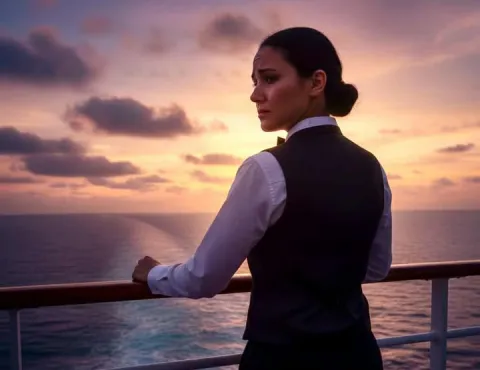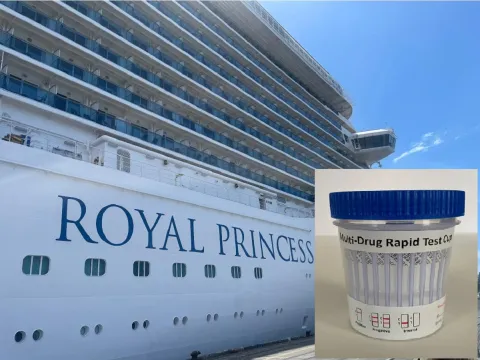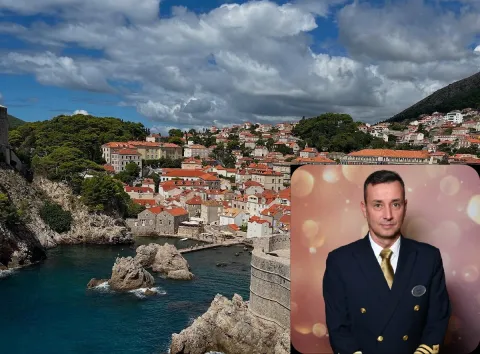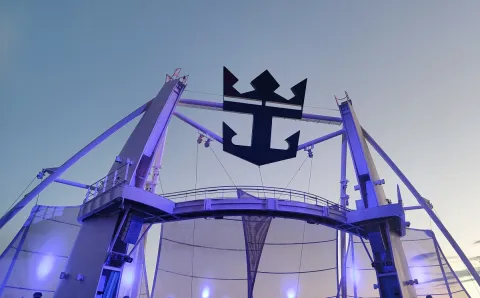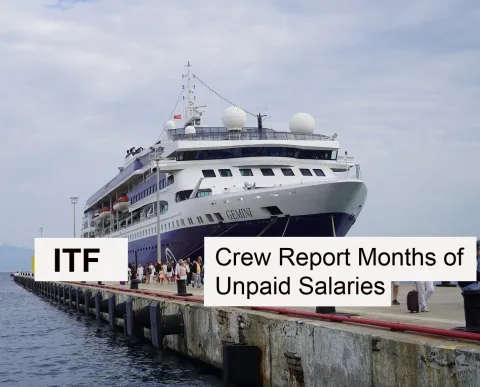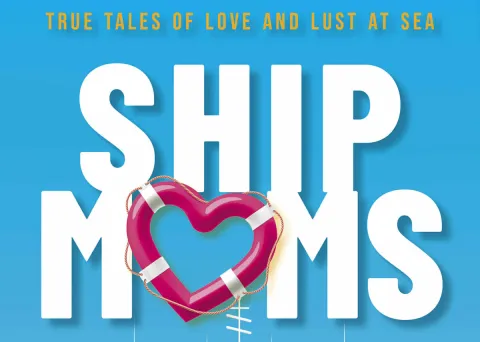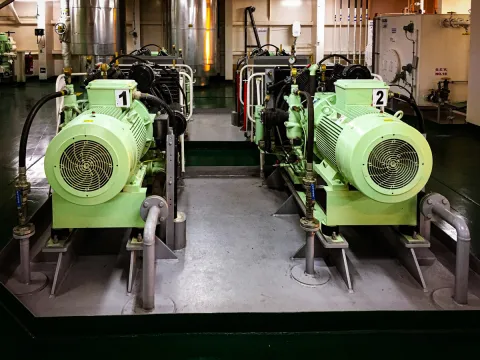
I remember one funny story when I was working on a cruise ship sailing out from Galveston, Texas. It was 2 am, and there was some emergency signal on the ship. Just because there is an emergency does not mean it involves you as a crew. One lady, a crew member, was running with her carry-on baggage at the muster station. Other crew members and officers were looking at her in disbelief; she thought the ship was sinking, packed her luggage, and kept running to her Muster Station. I remember the face of the first officer who approached that crew member to tell her that everything was ok, and there was some small issue in the kitchen galley, and the problem was fixed. But apparently, she was soo scared as she toughs the ship was sinking, and she packed all her staff into the carry-on luggage and was ready to go. Everyone made fun of it for several months after.
But the actual question is:
Why do we have so many safety drills on the cruise ship?
Most of those drills came during our time off duty, so instead of having a rest, we were tortured with staying in the heat of the Carribean sun with our lifejackets.
The mandatory muster drills — also known as cruise ship safety drills, safety briefings or lifeboat drills — serve to tell passengers all they need to know to stay safe on a cruise.
True emergencies are rare at sea, but it's important for everyone on board to know what to do if the captain gives an "abandon ship" order. That's where a muster drill is helpful.
Cruise ships must conduct muster drills for all passengers on board before they are allowed to set sail. The purpose is to familiarize passengers with safety protocols and demonstrate what they must do in an emergency. Familiarizing them with the process beforehand eliminates unnecessary chaos and panic in the unlikely event of an emergency.
Suppose you are a guest and fail to report to your assigned muster station by the cutoff time. In that case, your name and cabin number will be reported to the vessel's commanding officers, who will embarrass you by summoning you over the shipwide public address system.
There will likely be a makeup drill conducted for those who missed it the first time, but in severe cases, those passengers will not be allowed to sail and could either be forced to disembark before the ship leaves or depart in the next port of call.
First of all, the emergency does not choose the time and place. It can happen at any time, on every ship, in every port of call. Therefore, as crew members, we have to be ready. It's very difficult to participate in all those drills and remain fresh for our duty afterward. Especially on the embarkation day, the busiest day on the ship, when we are loading the ship and re-setting everything for a new group of guests. The general safety briefing usually takes place on embarkation day around 30 minutes before the ship sets sail; on most ships, that is around 15h. That's a rush hour for crew members; everything happens soo fast, and it's hard to manage your time. Indeed, the safety meeting is important. As crew members on the ship, we have to look presentable and knowledgeable to our guests; we have to act like we know what we are doing in case of an emergency. That gives the guest on the ship peace of mind, knowing that if something goes wrong, crew members will deal with any possible emergency.
Man Overboard
I remember the time when I was on a ship that was sailing to Hawaii. I was working in the pool bar on Deck 10. On that day, we were in the middle of nowhere, the third sea day in a row. One guest came to the bar, counted, and ordered a can of Coca-Cola. He looked absolutely normal to me; he even smiled and said," Have a great day, Sir." The bar was not really busy, so I kept looking toward that gentleman who was leaving the bar and heading towards the Aft(front of the ship). Unexpectedly, he removed his shoes, folded his socks nicely, and removed his shoes. I think he wanted to have some sunlight. Instead, he quickly went over the fence and jumped overboard in front of my eyes.
I remember I run very fast and threw the life jacket in the water because later on, when the ship managed to turn around, I knew that the red color of the life jacket would serve to mark the position where the person was in the water. Shocked and in disbelief, my colleagues and I quickly called to notify the bridge" Man Overboard" A few seconds after, there was a Bravo Bravo Code( Man Overboard). Bravo Bravo call, like any other emergency, is the code in which the guest on board will remain calm, and only crew members will know what happened. If our emergency card we were given an emergency instruction, each crew member had a different duty in case of another type of emergency. We needed to call the bridge urgently, so they pressed the button on the bridge to remember the exact coordinates and specific location where the passenger jumped overboard. The ship was huge and traveling at a decent speed, so it took a while to return to that spot where the passenger went overboard. It took nearly two hours to slow down the ship, divert the course, and navigate it back to that position. When we approached those specific coordinates, the rescue boat was amazingly fast prepared and lowered down into the ocean. The security officer and staff captain went in search of the missing guest. The water was very rough, with strong waves, but amazingly, a miracle happened that day. They managed to locate the person in the water because they spotted the red life jacket, and amazingly, the person was still alive. They managed to pull him into the rescue boat and quickly brought him to the ship's infirmary. He survived, thankfully, to the quick and organized crew member reaction. On that day, all our safety briefings and training paid off. Those training made a difference where. Fast, organized, and accurate rescue operations saved one human life.
Crew Insights
Articles and experiences shared by crew members working on cruise ship. Find out more about ship life at sea together with tips and advices for first time crew members and cruise oldtimers.





